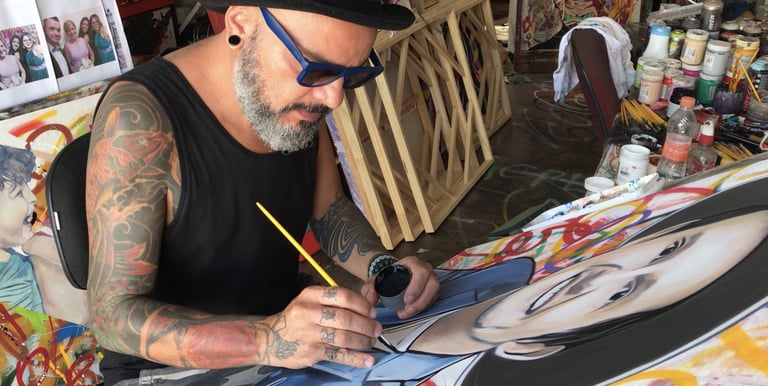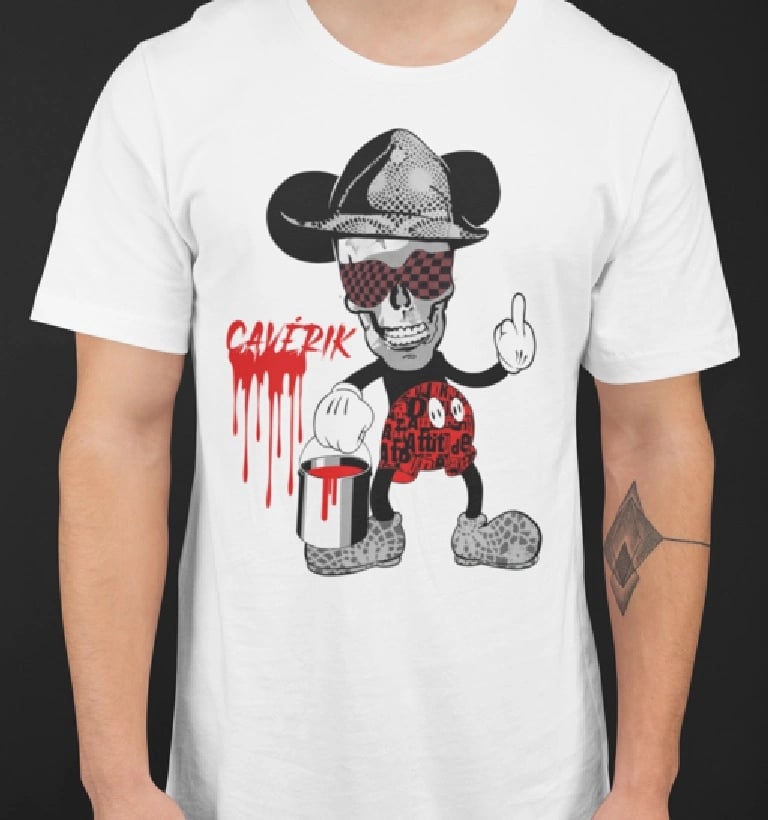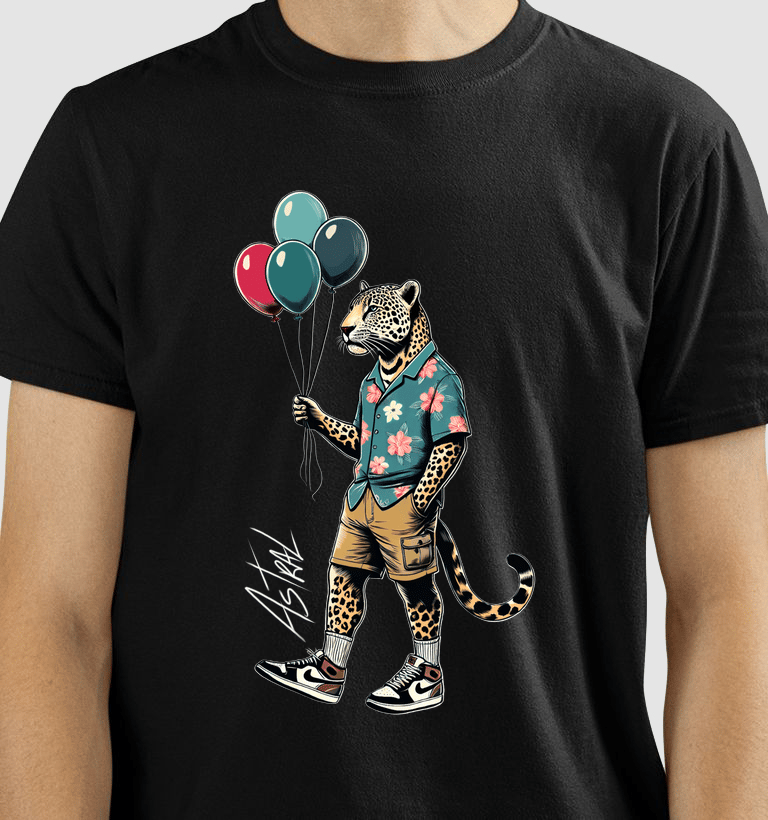KAWS: How urban art has become a global phenomenon and creative empire
Find out how Kaws transformed urban art into a global phenomenon, connecting streets to millionaire sculptures and creating an accessible and revolutionary empire. Read more.....
INTERVENÇÕES URBANAS
Astral
1/7/20253 min read
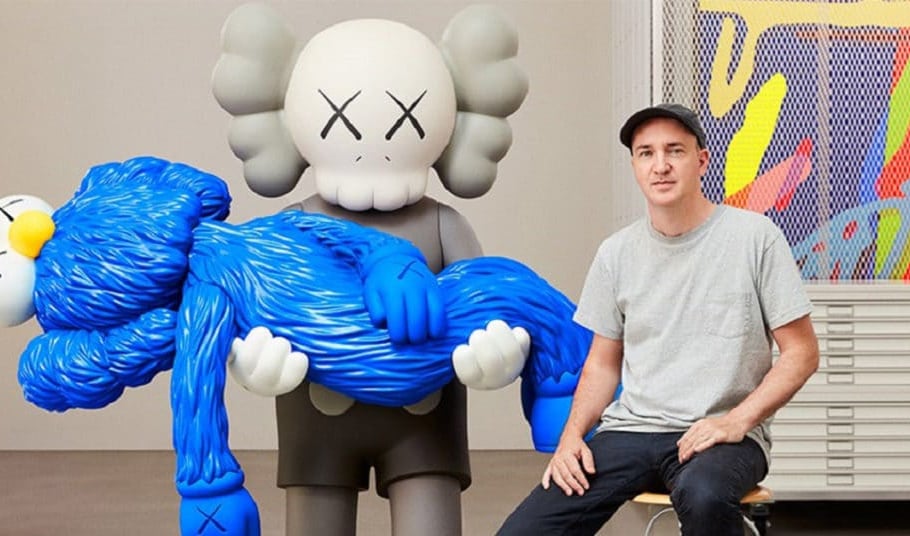

How my urban art research led me to the fascinating story of Kaws
By exploring urban art and its complexities, I came across the history of an artist who started on the streets and today occupies the top of the global art market. Brian Donnelly, better known as Kaws, turned her passion for Graffiti into an artistic empire that connects the world of urban interventions to the elite fine arts. This journey is a clear example of how art can evolve in a disruptive way, capturing the attention of millions and redefining the relationship between art and market.
The origin of Kaws: by Jersey City to the streets of the world
Kaw's story begins in Jersey City in 1974. Early on Brian Donnelly was fascinated by how Graffiti artists turned gray walls into vibrant and flashy works. During his teens, he not only admired this art but also started practicing it. Created his own tag, "Kaws", simply because he liked the combination of letters. However, his ambition took him beyond: he wanted his works to be visible from anywhere, even from his classroom. Thus, he painted his tag in a nearby roof, starting what would become a brilliant career.
In the 1990s, Kaws moved to New York, where his passion for art found a new space. Working as an animator in series like 101 Dalmatians and Doug, he found financial stability during the day. But at night I explored the streets, turning bus shelters and billboards on their screens. Instead of just covering ads with tags, he recreated them artistically, applying his signature - cross -eyed and cartoons. His style, which he called "subverting," transformed traditional advertising into something new and unexpected, capturing the attention of anyone passing.
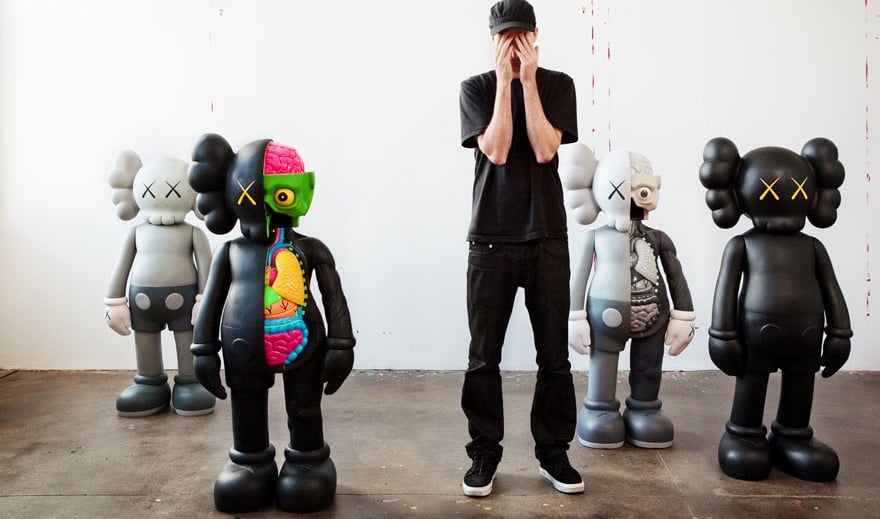

From subversive to commercial: the toy that changed everything
In 1999, Kaws noticed a unique opportunity: creating art that was accessible to the public and at the same time collectible. In a meeting with the Japanese brand Bounty Hunter, he presented his idea of launching vinyl figures. Inspired by Japanese culture, where toys were not only for children, but also art and fashion, he released his first figure, "Companion". The design was familiar, but transformed with its unique touch - crossed eyes and melancholy elements.
These limited edition toys, initially sold for about $ 100, became an immediate success. Quickly, they began to appear on resale platforms at much higher prices, creating a market phenomenon. The demand was so high that each subsequent release exhausted in minutes. This revolutionary approach has paved the way for creating a new bridge between the art world and ordinary consumers, making Kaws art accessible and aspirational.
The consolidation of the artistic empire
Kaws didn't stop there. It expanded its reach with collaborations that ran from fashion brands such as Uniqlo and Nike to major exhibitions in renowned museums. In 2006, he opened his "original fake" store in Tokyo, a milestone that solidified his global presence. Each piece, whether a $ 100 toy or a sculpture sold by millions, was part of a cohesive universe he had created.
His works began to be auctioned alongside consecrated artists such as Picasso. In 2019, his painting The Kaws Album, a rereading of the cover of the Sgt. Pepper's Lonely Hearts Club Band, the Beatles, was sold for an impressive $ 14.8 million. Kaws showed that it was possible to move between the popular and the exclusive, between the accessible and the luxurious, without losing their essence.

Kaws Lessons: When the street finds the global market
Kaw's trajectory is an inspiration for artists from all fields. He proved that it is possible to start humbly, using public space as a screen, and reach the highest level in the art market. More than that, he challenged norms by making art accessible, creating a model that connects the street to galleries, toys to millionaire sculptures.
My research on urban art led me to this fascinating story and made me reflect on how creativity can transcend barriers, becoming a powerful vehicle for cultural transformation. Kaws is a living example of how passion, combined with strategic vision, can redefine the art world.
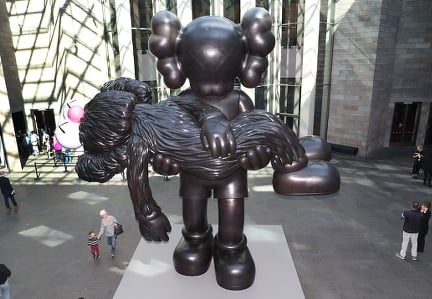

News
11-99598-6513
sergioastral@hotmail.com
São Paulo - Brasil
